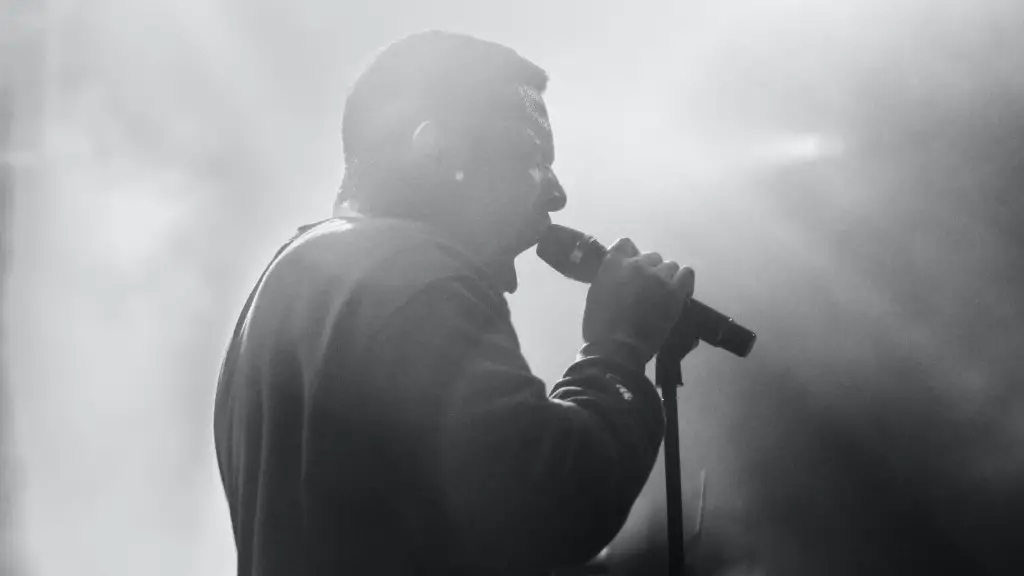How to Draw a Cat Laying Down
If you’ve ever longed to be one of those creative people who can take a pencil and bring to life a beautiful, sleeping cat, it’s time to listen up! Drawing a sleeping cat is actually quite easy if you know some key tips and tricks. It can look difficult when you compare it to other animals, but don’t worry, your masterpiece is only a sketch away.
To start off, you must settle your pencil on the paper and breathe life into it. Cat features must look relaxed, so take a few deep breaths yourself and relax your hands. With a few light circles, sketch the basic shape of the body. To make the posture more cat-like, try exaggerating the arch of the spine and the curves of the legs.
The head will require a bit of patience. A feline’s facial structure is unique and requires accuracy to get the proportions right. Aim to create a triangle of sorts with the eyes, nose and mouth. Draw the eyes bigger than you thought, as this brings more realism to the finished product.
Drawing the fur should be fun and satisfying. This cat is sleeping, so it needs to appear soft and cuddly. Cavort your pencil in multi-directional strokes to add varying textures and acquire a real-life look.
Maybe you want to give the cat a pattern or two? This is an easy two-step process. Firstly, we need to map out the different patches or stripes. Use your pencil lightly and be precise with any line you draw, as these will form the boundaries of the cat’s pattern. For added colour or texture, you can use a coloured pencil or even felt-tip pen to create the illusion of fur.
Now that we have a basic shape, let’s focus on the eyes. Bring out the details with swift and light strokes. For a relaxed look, draw the lids of the eyes slightly closed. And if you’re feeling fancy, draw a few small eyelashes next to the lids!
Bringing it all together, give your artwork some definition and character by shading. This can take practice and patience, but with enough attempts you will begin to understand and be able to manipulate the strokes to give your cat the texture and definition you desire.
Finally, there’s one last step! Redefine the shape of the cat with a single black line. This will separate the lighter colours from the darker ones, and give the fur a more realistic look.
Drawing cats can be tricky, but with the right approach and practice, anyone can master the skill. So take a deep breath, relax, and draw your heart out!
Steps For Creating Legs and Paws:
Don’t forget about the legs and paws! To start off, draw two circles for the paws and one bigger circle for the shoulders. Connect them with a few curved lines, and now you have the base of the cat’s body.
Next, create the legs. Reinforce the lines and draw the contours of each leg to give more depth. In the end, draw four circles to indicate the cats’ paw pads.
To make the picture more lively, draw several smaller lines to give the fur some extra definition. Draw lightly and be aware of the direction of the fur. To make the fur appear more natural, try using horizontal strokes in some areas and vertical strokes in others.
Now it’s time for the whiskers! Don’t forget about them as they are an integral part of your cat’s look. Start off with four long lines that describes the length of the whiskers and then divide them into even shorter lines to define the shape of them.
Last but not least, highlight the innermost part of the fur. This will give a 3-dimensional effect and make it look more realistic. Use a variety of tones to make the fur appear natural.
Tricks For Exaggerating The Attitude Of Your Cat:
If your cat is lying down, give it a strong attitude. Draw slight curves along the cat’s body and make sure the posture looks comfortable and natural.
Drawing and shading the fur are the most important steps. Shape the fur along the body and make sure to emphasize each motion with subtle strokes. This will give an illusion that there’s air moving around the cat, making it look more 3-dimensional.
Finally, finish off with the final details. Add some background elements, like grass, trees or even a napkin, to make the cat stand out from the page. Use a variety of colors and tones to give the background a richer look.
Cats look great when their facial expressions and attitudes are exaggerated. Play around with the eyes, ears and mouth to give your cat its unique touch.
Adding Some Finishing Touches To Your Cat:
In the end, let’s add some finishing touches to our cat! Start off by erasing the gel covered lines around the body. If needed, you can use a white eraser to lighten up some of the darker areas.
Make the cat pop with some added details. For example, add a few tiny black lines to the eyes and whiskers, some orange or pink colors to the inner part of the ears, and some additional spots on the fur.
Once you’re happy with how your cat looks, you can use a fine-tip pen to outline the cat’s body. This will make the illustration look more polished, and add some contrast to the overall picture.
Now, your cat is ready! Stand back and admire your masterpiece. With a little bit of practice, soon you will be able to draw cats in any position imaginable.
